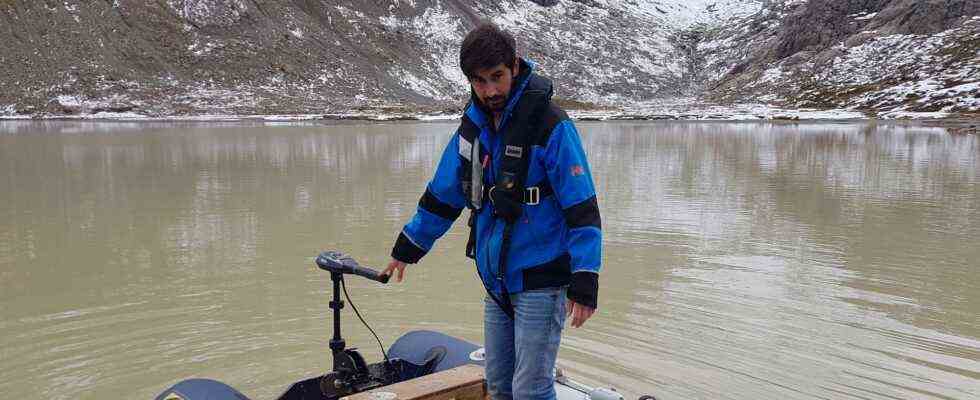Status: 07/19/2021 6:22 p.m.
“Visible evidence of climate change in the Alps” – with these words the Swiss water research institute comments on the increase in glacial lakes over the past ten years. The trend: increasing.
The melting of glaciers in the Alps has created 180 new glacial lakes in Switzerland within ten years alone. Between 2006 and 2016, the water surface grew by around 150,000 square meters every year – “visible evidence of climate change in the Alps”, as reported by the Swiss Water Research Institute (Eawag).
For the first time, the institute created an inventory of all glacial lakes that have been created since the end of the “Little Ice Age” around 1850. At that time, the Alpine glaciers had their greatest expansion in modern times. According to co-author Nico Mölg, the area of the glacial lakes increased by an average of around four hectares annually from 1850 to 2016 – with a strong increase in the recent academic years from 2006 to 2016.
A total of 1200 new lakes discovered
The list includes a total of 1200 lakes, 187 of which have mostly been replenished and disappeared by the sediments that transport the glaciers. In 2016, the area of all existing glacial lakes was around 620 hectares. Project manager Daniel Odermatt said:
We were surprised by the sheer number on the one hand and the significantly accelerated education on the other.
The scientists evaluated old records. These go back to the middle of the 19th century. In addition, there were aerial photographs that have existed since the middle of the 20th century.
Sudden drainage canal
One of the most famous lakes is the lake at 2800 meters above sea level on the ice of the Plaine Morte Glacier above Lenk in the Bernese Alps, as Odermatt said. In spring it fills with meltwater, which runs off over a stream in late summer. In order to prevent sudden emptying with tidal waves and to protect localities, a canal has now been created there to drain off the water.

